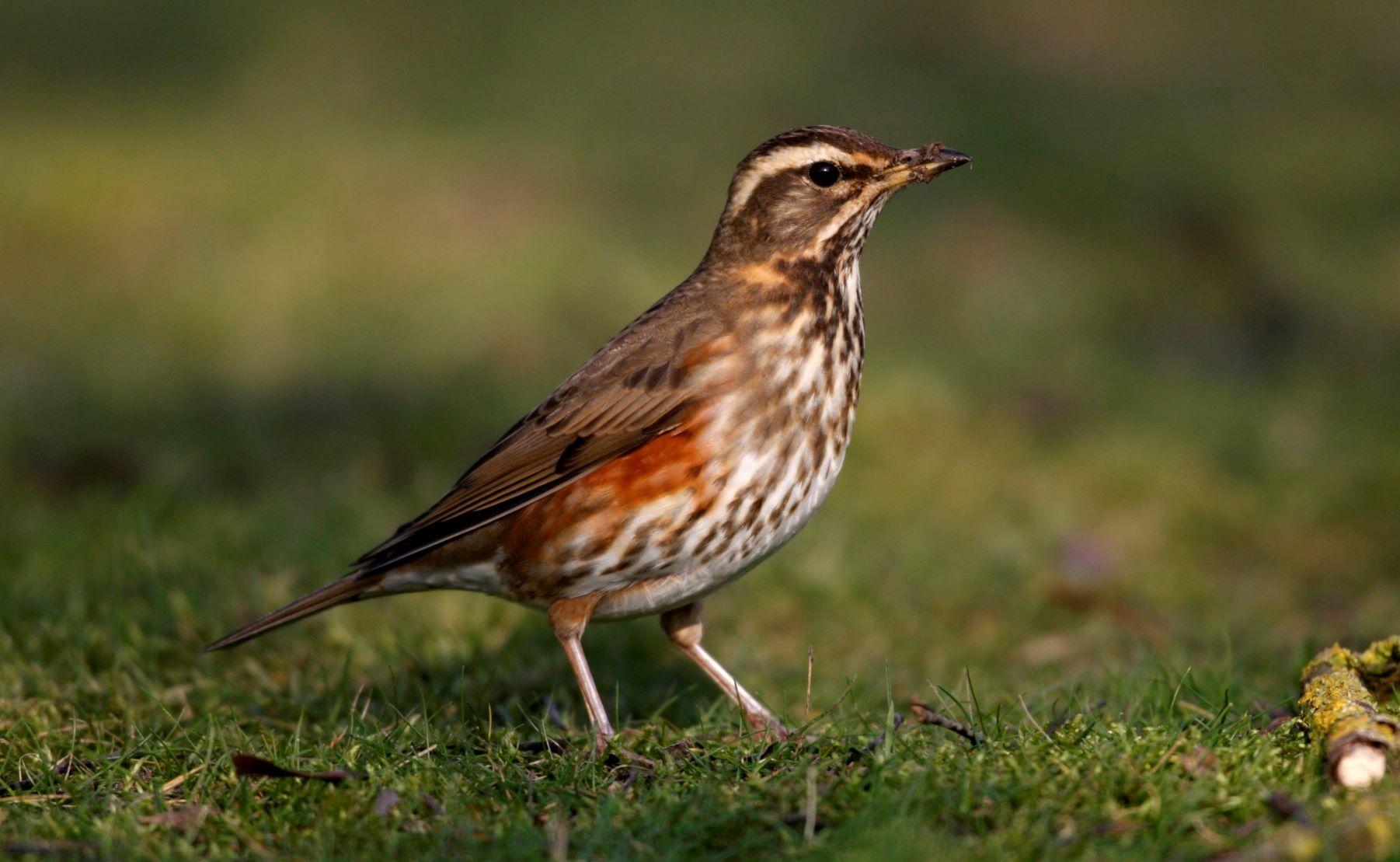
Helping birds and bats in the Forest
Nesting boxes are being installed in the Forest to help bats and breeding birds, funded by a Natural Networks grant. Sam, our Biodiversity Data and Survey Officer, tells us about the species to be found at Sheriffs Lench, a wildlife-rich area of the Forest.
Bird species at Sheriffs Lench

The Forest at Sheriffs Lench consists of approximately 170 hectares of both newly planted and ancient woodland, as well as grasslands and hedgerows. This assortment of habitats, neighboured by old orchards, makes it a great place for birds and bats.
Since November 2019, a total of 61 bird species have been recorded at Sheriffs Lench; this includes 14 on the British Red List of Birds of Conservation Concern and 12 on the Amber List, many of which are breeding on the site.
Throughout the winter, flocks of starlings, stock doves and finches are a regular sight, especially on the northern fields. These same fields also contain many skylarks, with over 50 counted on numerous occasions. The skylarks are ever present on this field and nest there in the summer.

Hedgerows bring in different visitors. In the winter, there are large flocks of fieldfare and redwing feeding on hawthorn. In the summer, the visitors are breeding warblers – such as chiffchaffs, blackcaps, and lesser whitethroats – as well resident linnets and yellowhammers, which build their nests here. Neighbouring scrubby areas dotted in the grasslands are home to whitethroats, stonechats, and grasshopper warblers.
Meanwhile, the woodlands at Sheriffs Lench contain many robins, song thrushes and blue tits, as well as the occasional marsh tit. All of these can be found year-round. Woodcocks, from perhaps as far away as Siberia, probe the ground for invertebrates and are regularly flushed in the colder months.
The large number of small birds attract predators. Both sparrowhawk and merlin have been seen hunting along the hedgerows and field margins here. Birds of prey with a different focus are enticed by the grassland; kestrels are ever present, hovering above fields and looking for voles and mice to eat below. Buzzards are often seen circling high overhead and occasionally joined by a peregrine or red kite.
Bat species at Sheriffs Lench

At night, tawny owls can be heard, as well as bats if you have a bat detector! Common pipistrelle, soprano pipistrelle and brown long-eared bat are some of our most common species and are almost certainly present at Sheriffs Lench, hunting along hedgerows and through the woodlands. Noctules are our largest bat species in the UK and have a wingspan similar to a song thrush; they can be seen flying high overheard early in the evening.
A rarer bat locally is the lesser horseshoe bat. These have been recorded within a few hundred metres of Sheriffs Lench, so it is quite possible that they are also hunting through the woods and grasslands here.
Installation of bird and bat boxes
Thanks to a grant from the Natural Networks Programme, funded by the European Regional Development Fund, we will be installing 20 bird boxes and 20 bat boxes in this part of the Forest.

The bird boxes are likely to attract great tits, blue tits, and other hole-nesting species. The bat boxes are designed to mimic crevices behind the bark of trees; this will make them suitable for the species which inhabit this type of roost, including the two pipistrelle species mentioned above, brown long-eared bats and some of the bats in the Myotis genus, including the whiskered and Natterer’s bat.
The boxes will be monitored for years to come, helping us to gather more information on the birds and bats in this part of the Forest.



